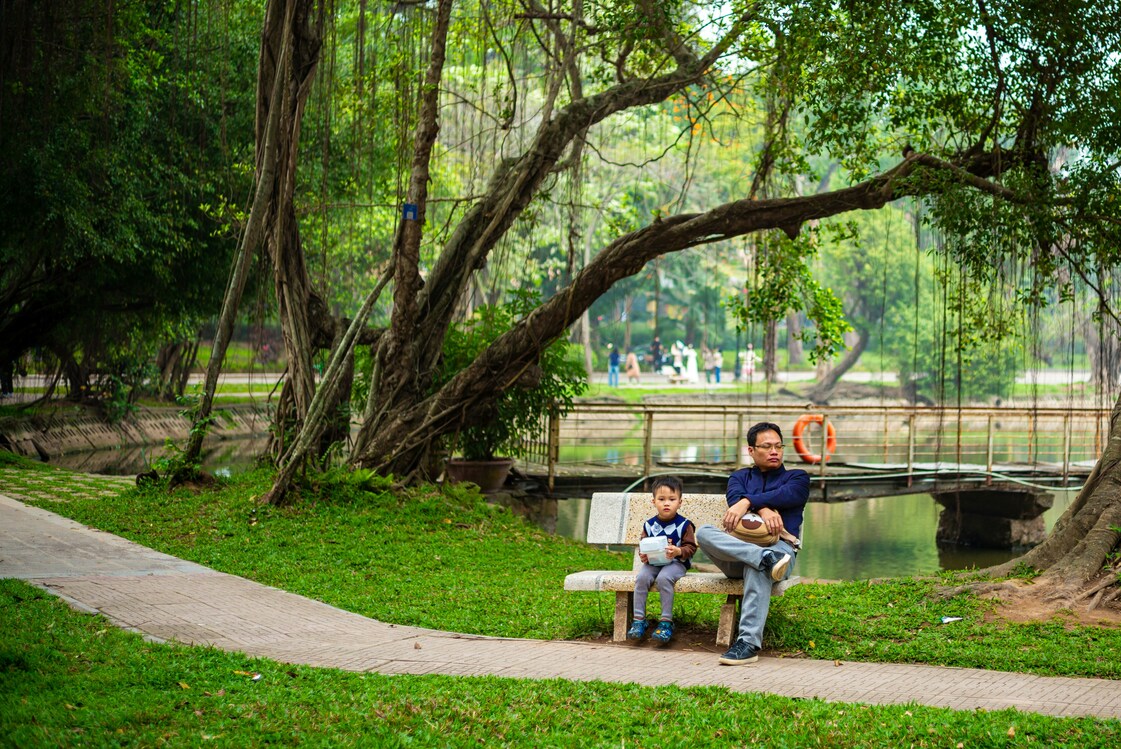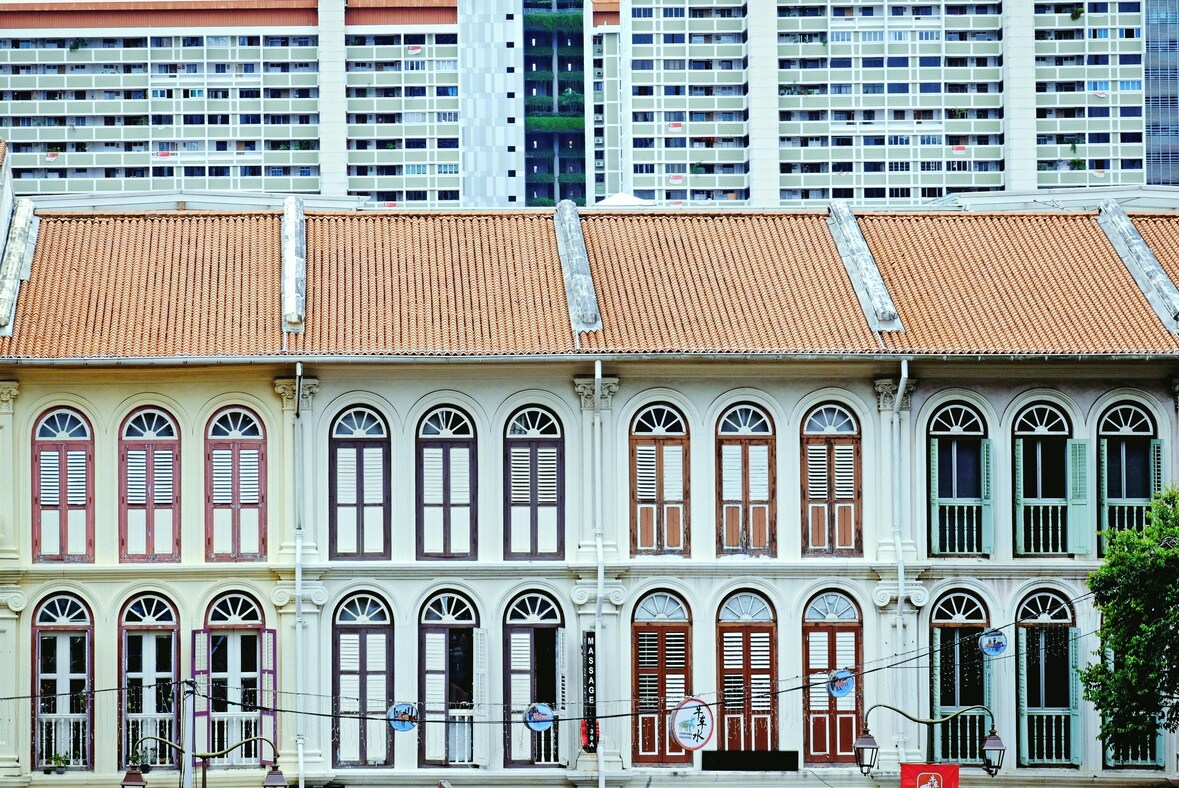
Beyond the gleaming skyline and iconic national monuments, a quieter, more intimate Singapore story is being told on its streets.
A growing movement of Singapore community heritage walks is reshaping how both residents and visitors connect with the nation’s past. Led not by large tour companies, but by passionate staff and grassroots leaders, these initiatives offer an unfiltered look into the heart of Singapore’s diverse neighbourhoods. They represent a significant shift in how heritage is consumed and preserved, moving from a top-down model to a ground-up celebration of living history.
These walks are acts of community-building and vital tools for preserving our shared heritage.
Historical Evolution: From Official Tours to Community Initiatives

For decades, heritage tours in Singapore were primarily the domain of official institutions and licensed operators. These guided tours were often set by authorities for an international audience, focusing on well-known landmarks and districts. While informative, they sometimes missed the nuanced, personal stories that give a place its true character. The history presented was often a series of official historical accounts.
The shift towards community-led initiatives gained momentum as citizens felt a greater sense of ownership over their local histories. Anxieties over rapid urban transformation and a desire to document the untold stories of their communities created fertile ground for this movement. This change saw ordinary residents become passionate guides, armed with personal memories and a deep knowledge of their neighbourhoods.
As part of this movement, new grassroots organizations were set up to preserve local heritage and foster community engagement. They began to showcase the history embedded in everyday spaces, from a local place of worship to a favourite neighbourhood playground.
Key Institutions and Grassroots Efforts
This movement is supported by a rich array of organisations, from national bodies to local groups. The People’s Association (PA) plays a crucial role through PA’s grassroots organisations, which are instrumental in community bonding and promoting social cohesion.
A key initiative is the Grassroots Heritage Centre (GHC). The GHC chronicles the journey of PA’s grassroots organisations and their contribution to nation-building since the early days. Through its exhibits, it aims to educate visitors, particularly students, on the importance of community development. The centre features audio reels, pictures, and interactive displays that provide a glimpse into Singapore’s transformation. It stands as a testament to the power of community action in promoting racial harmony.
National Community Leadership Institute
The National Community Leadership Institute (NACLI) stands at the forefront of developing community leaders who drive heritage initiatives across Singapore.
Established as the training arm of the People’s Association, NACLI delivers dedicated programmes that empower grassroots leaders with a deeper understanding of Singapore’s diverse heritage and the skills to support effective community engagement.
These courses emphasize inclusive leadership and equip participants to curate and lead heritage walks, foster dialogue among diverse groups, and encourage participation in local heritage projects. By nurturing a new generation of informed and empathetic community advocates, NACLI plays a critical role in sustaining community-led heritage efforts and strengthening the fabric of social cohesion throughout the island.
Thematic Diversity: Exploring Niche Histories
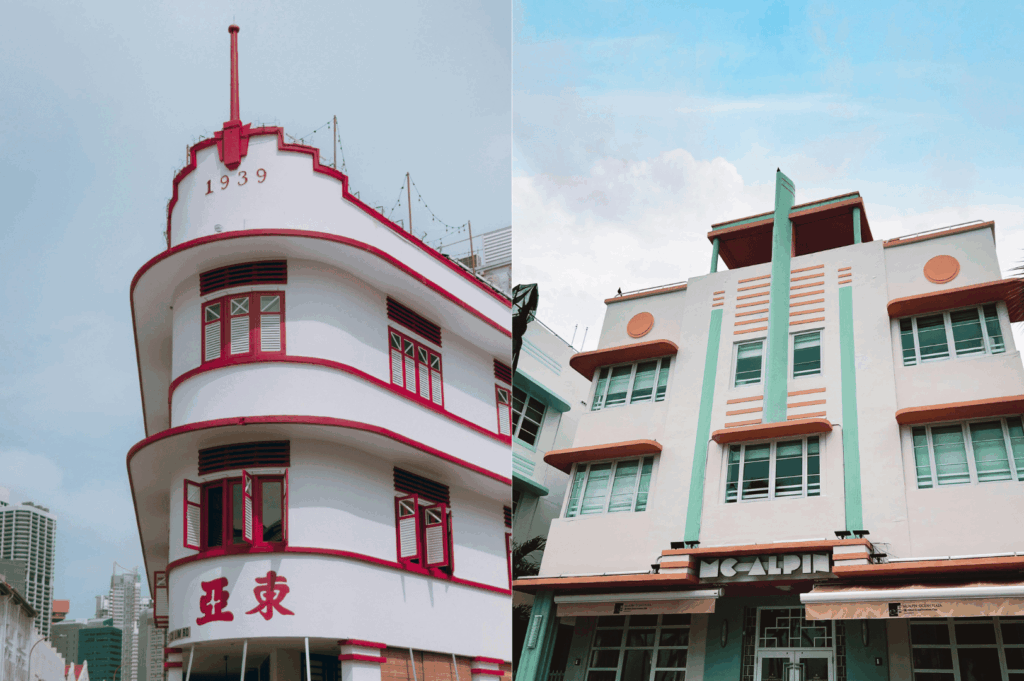
What makes these community-led walks so compelling is their incredible thematic diversity. They move beyond a standard historical overview to explore niche subjects that reflect the varied interests of the guides. These walks often include visits to lesser-known sites that reveal unique aspects of community life. This has led to a rich offering of tours across the island.
Architectural heritage is a popular theme, with walks exploring the Art Deco buildings of Tiong Bahru or the charming shophouses of the Balestier precinct.
Food culture walks take participants on a culinary journey through hawker centres, explaining the history behind iconic dishes. Other walks focus on religious diversity, guiding visitors through the mosques, temples, and churches that demonstrate Singapore’s success in maintaining racial harmony.
There are also walks dedicated to social history, tracing the stories of specific communities or recounting events from the war. These social history walks often highlight how local communities played and interacted in these neighborhoods, showcasing the cultural and historical aspects of their leisure activities.
Neighbourhood Spotlight: Canvases of Community Stories
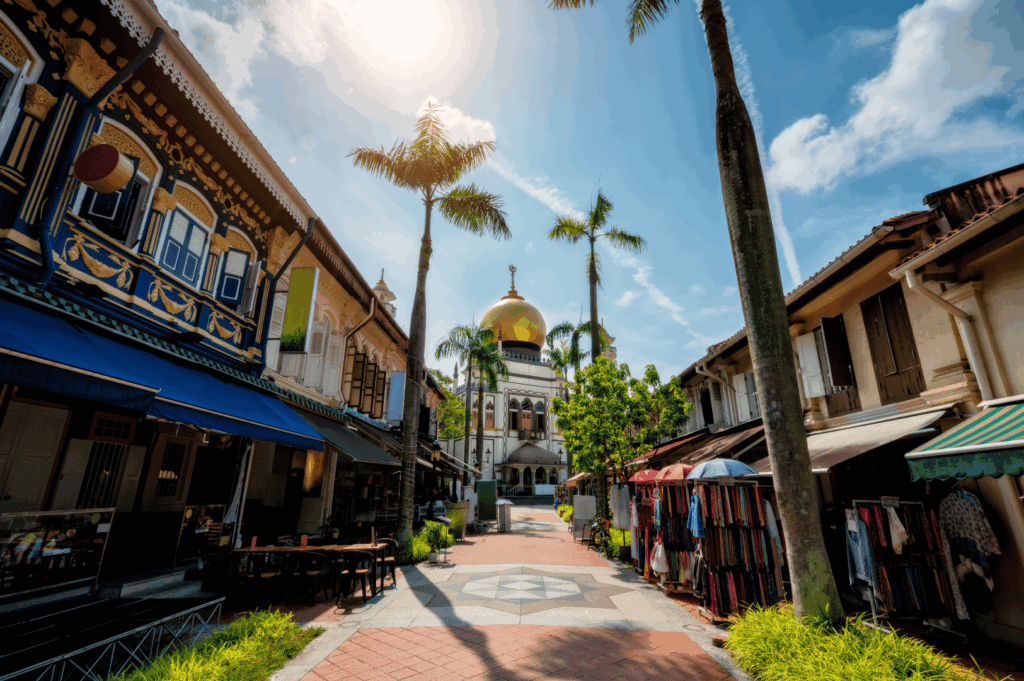
Certain neighbourhoods have become popular canvases for these heritage walks, their rich history and layered character providing endless stories to uncover.
Kampong Glam: Once the seat of Malay royalty, this area is now a vibrant enclave of culture, food, and art.
Kallang River: The Kallang River played a vital role in Singapore’s early development. Heritage walks along its banks reveal stories of the communities that once thrived here, highlighting the river’s significance in the area’s cultural heritage and urban transformation.
Little India:
A vibrant enclave of Chinese and Indian culture, a walk here is a feast for the senses. You can discover traditional businesses, colourful temples, and find authentic food on every corner. The area’s rich history is palpable as you navigate its bustling streets.
Tiong Bahru: As one of Singapore’s oldest public housing estates, Tiong Bahru offers a unique blend of architecture and modern cafes. When you visit, you will immediately notice the low-rise buildings. A heritage trail here is a journey through Singapore’s public housing history and post-war development.
Kampong Glam: This area, with its strong Malay roots, offers an intriguing mix of history, art, and commerce. Tours of Kampong Glam often focus on its past as a seat of royalty and its modern creative scene, showcasing how the area has evolved while retaining its cultural heart.
Technology’s Role: Amplifying Grassroots Voices
The rise of Singapore community heritage walks is inextricably linked to technology. Digital platforms have been powerful enablers, allowing small groups to reach a wide audience.
Social media is a primary tool for promoting a walk, sharing photos, and building a community of followers. This digital integration has lowered the barrier to entry, empowering more people to share their knowledge about the city and its diverse communities. You can often follow a route on your phone or hear pre-recorded stories from older residents.
Community Impact: Social and Economic Benefits
The impact of these community-led walks extends far beyond heritage education. They generate tangible benefits, strengthening social cohesion and community pride among residents. When locals see visitors taking an interest in their neighbourhood’s history, it reinforces the value of their own heritage. These initiatives are a practical application of national education efforts, bringing history to life.
Economically, these tours can provide a welcome boost to local businesses. Guides often make it a point to stop at traditional bakeries, independent shops, or family-run eateries. This creates a sustainable form of tourism that directly benefits the people who live and work in the area, from Sentosa to the heartlands. Each nook and corner has a story to tell and a role to play.
Challenges and Sustainability
Despite their success, these grassroots initiatives face several challenges.
Burnout among volunteer grassroots leaders is a significant issue, as researching and leading a walk is a time-consuming labour of love. Maintaining factual accuracy across a decentralised network is another constant challenge.
To address these issues, many groups are exploring different models for sustainability. The model often involves collaboration with institutions like the People’s Association to gain access to resources and training. The goal is to ensure these valuable community projects can continue for years to come.
Future Outlook: Emerging Trends and Guided Tours
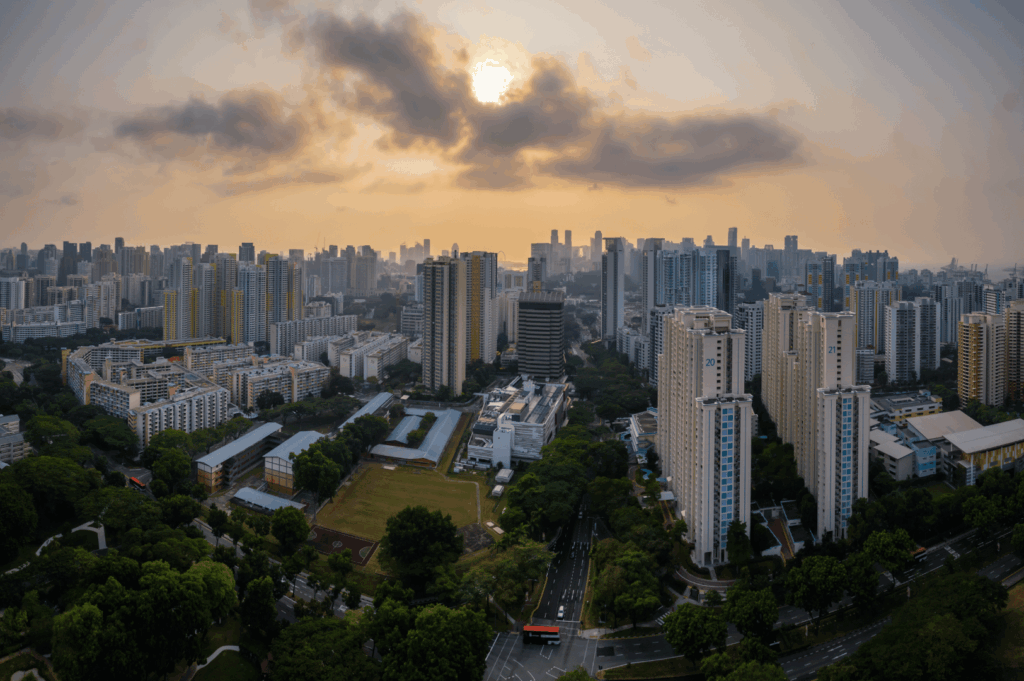
The future of community heritage walks in Singapore looks bright. There is a growing interest in hyper-local tours that focus on less-explored heartland neighbourhoods. Technology will continue to play a larger role, with potential for augmented reality apps to overlay historical scenes onto modern landscapes.
Another trend is increasing collaboration between community groups, academic institutions, and government bodies. Partnerships with organisations like the PA can provide access to research and funding, helping to sustain these grassroots efforts while preserving their authentic, community-driven spirit. If you join one of these walks, you will learn so much more than what is presented in a textbook.
The Enduring Power of a Shared Story
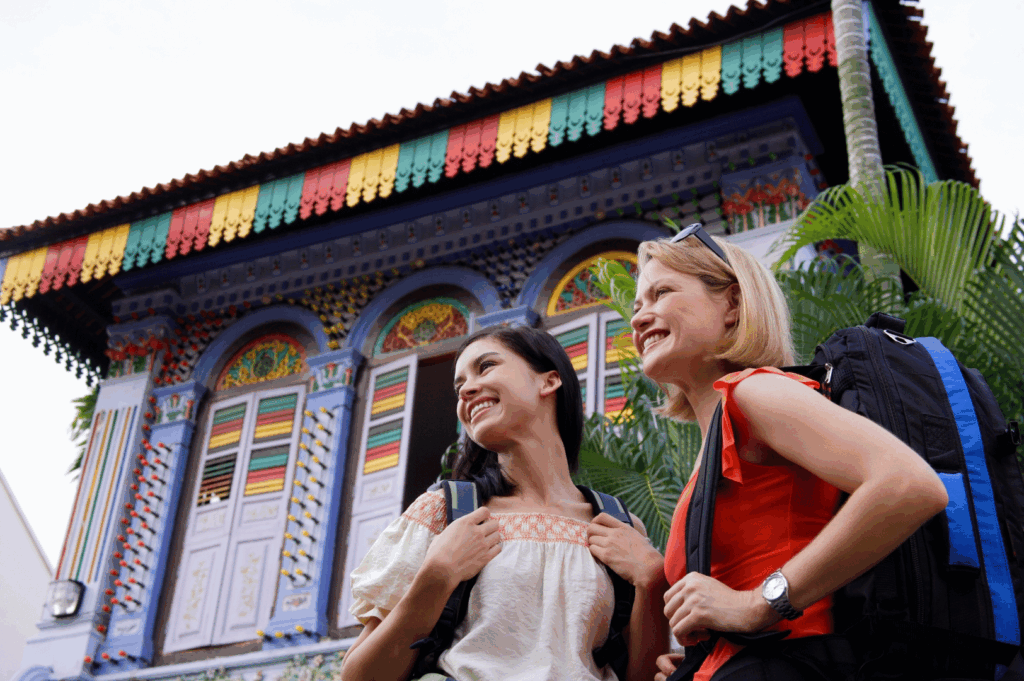
The growth of Singapore community heritage walks marks a profound shift. They have democratised the act of storytelling, empowering ordinary citizens to become the custodians of their own history.
These walks are a powerful affirmation that heritage is not just about iconic landmarks; it is a living entity found in the stories of the people. As you embark on a trail, you participate in the vital act of keeping our collective memory alive for future generations.

